Applied Materials has unveiled three new chipmaking tools that define what the company calls the 'angstrom era' of chipmaking, signaling a transition toward next-generation process technologies sometimes controlled at the level of individual atoms. The new systems — Kinex, Xtera, and PROVision 10 — are designed to enable next-generation fabrication methods while also improving performance efficiency and yields of logic and memory semiconductor production nodes and packaging technologies today.
"As chips become more complex, Applied is focused on driving materials engineering breakthroughs to provide the performance and power-efficiency improvements needed to scale AI," said Dr. Prabu Raja, President of the Semiconductor Products Group at Applied Materials. "We are collaborating earlier and deeper with our customers to co-develop solutions that accelerate chipmaker roadmaps and enable major device inflections in logic, memory and advanced packaging."
- Kinex, the first integrated die-to-wafer hybrid bonding tool (co-developed with Besi), unites all bonding steps with in-line metrology to form direct Cu-to-Cu interconnects that cut power use and improves yield;
- Centura Xtera, a new epitaxial deposition platform that enables void-free gate-all-around (GAA) transistor's source-drain structures through continuous etch-deposition control, improving uniformity while halving gas consumption;
- PROVision 10, a cold-field-emission eBeam metrology system, which provides sub-nanometer, 10X faster imaging for 3D logic, HBM, and NAND, enabling precise overlay, nanosheet, and void measurements essential for advanced logic and memory manufacturing.
Let us try to dive a little bit deeper into the each system.
Kinex
The first of the new systems, called Kinex — developed with BE Semiconductor Industries — is the world's first fully integrated die-to-wafer hybrid bonding tool that merges die placement, interconnect formation, and bonding inside a single machine (or a platform, depending on how you consider this unit). Direct copper-to-copper links between chiplets reduces power consumption and increases performance, something that makes the tool particularly relevant for modern and upcoming multi-chiplet solutions featuring 3D integration and perhaps HBM4 memory onboard.
Applied emphasized that combining all critical bonding steps into one environment reduces contamination and shortens queue times, which in turn shortens a production cycle that is particularly lengthy for 3nm and 2nm-class process technologies. The system also incorporates in-line metrology for real-time overlay control and drift correction to potentially improve yield. As it usually happens with Applied Materials's new tools, several major customers — including logic, memory, and OSAT firms — are already using Kinex for high-volume manufacturing of advanced packages, according to the company.
Centura Xtera
The second product — the Centura Xtera — is an epitaxial deposition platform that creates void-free source-drain structures for gate-all-around (GAA) reansistors. The tool integrates pre-cleaning and etching modules to continuously adjust trench geometry as the material grows to produce more uniform layers across the wafer, which is particularly important for 2nm-class nodes already and will be even more important in the 'angstrom era.'
According to the company, the Xtera system achieves a 40% improvement in cell-to-cell uniformity while cutting gas consumption by half compared with older epitaxial methods, which is crucial reach their intended speed and efficiency targets without compromising reliability.
PROVision 10
The third system — PROVision 10 — is a next-generation electron-beam metrology platform designed for 3D logic, HBM, and advanced 3D NAND structures. It employs a cold field emission electron source that increases imaging resolution by 50% and accelerates scanning speed up to 10 times compared with standard thermal systems. The machine can generate sub-nanometer images of buried layers, enabling precise measurement of nanosheet thickness, overlay accuracy, and void formation.
The China question
Interestingly, Applied Materials specifically noted that its latest products will not be available to Chinese chipmakers because of U.S. restrictions that bar tools for 14nm-class process technologies and newer to be exported to China. The company estimated that these export limitations would reduce fiscal 2026 revenue by around $600 million, but it can do nothing about it.

Follow Tom's Hardware on Google News, or add us as a preferred source, to get our latest news, analysis, & reviews in your feeds.

 1 month ago
53
1 month ago
53
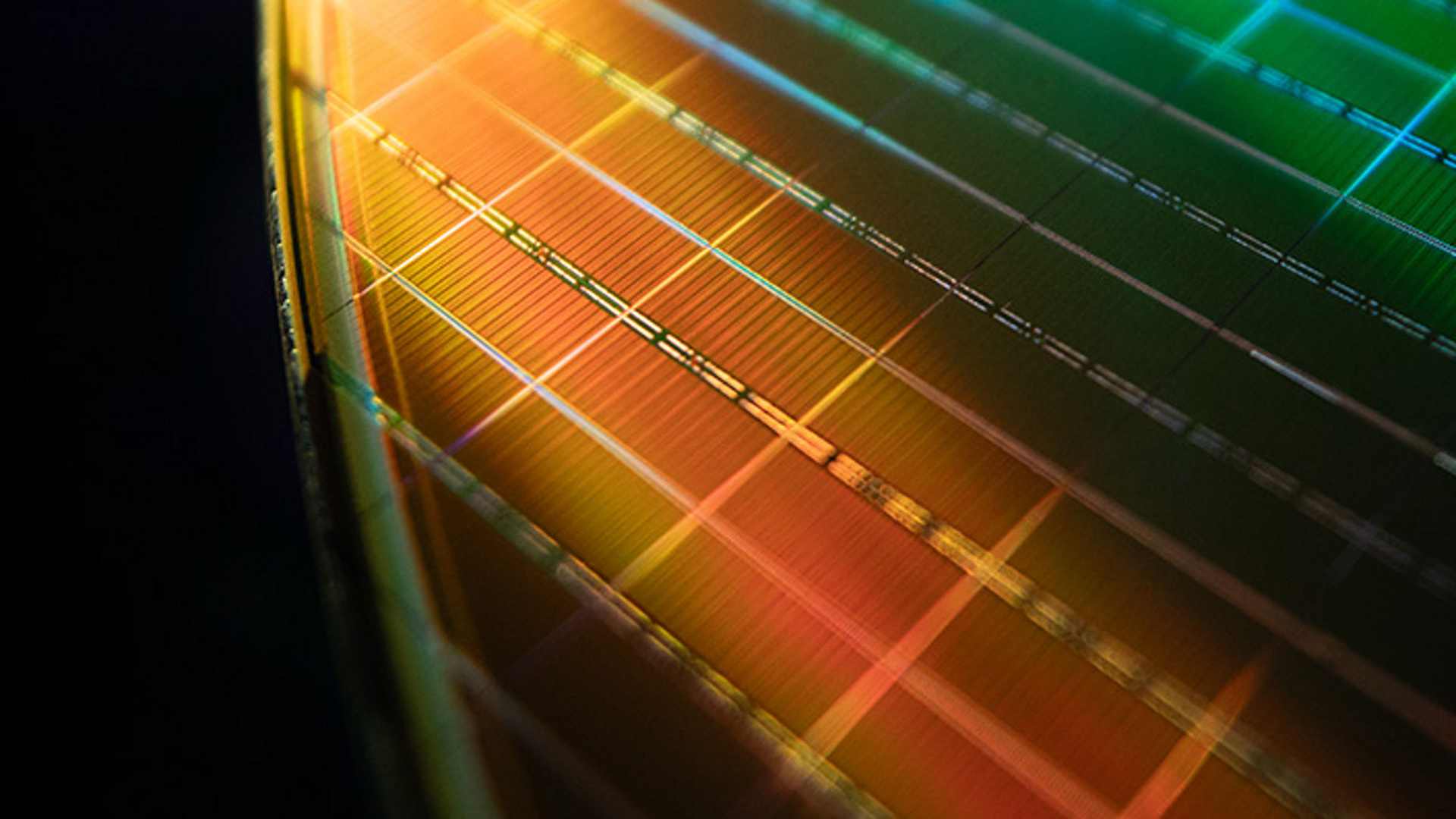
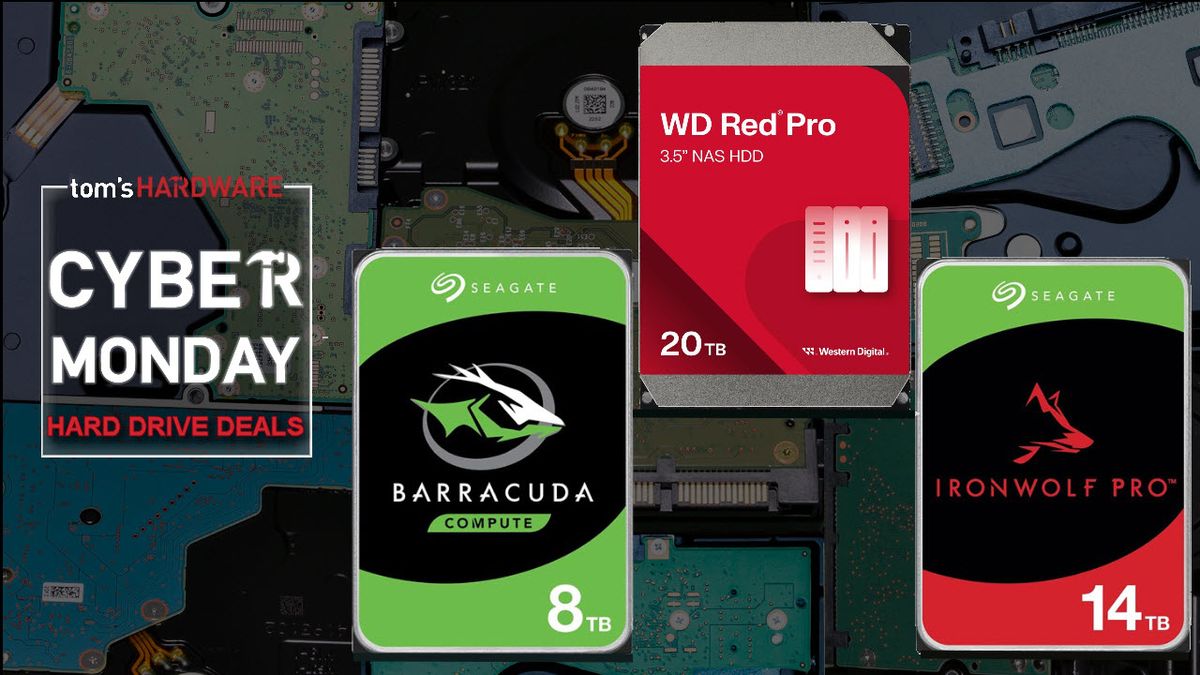
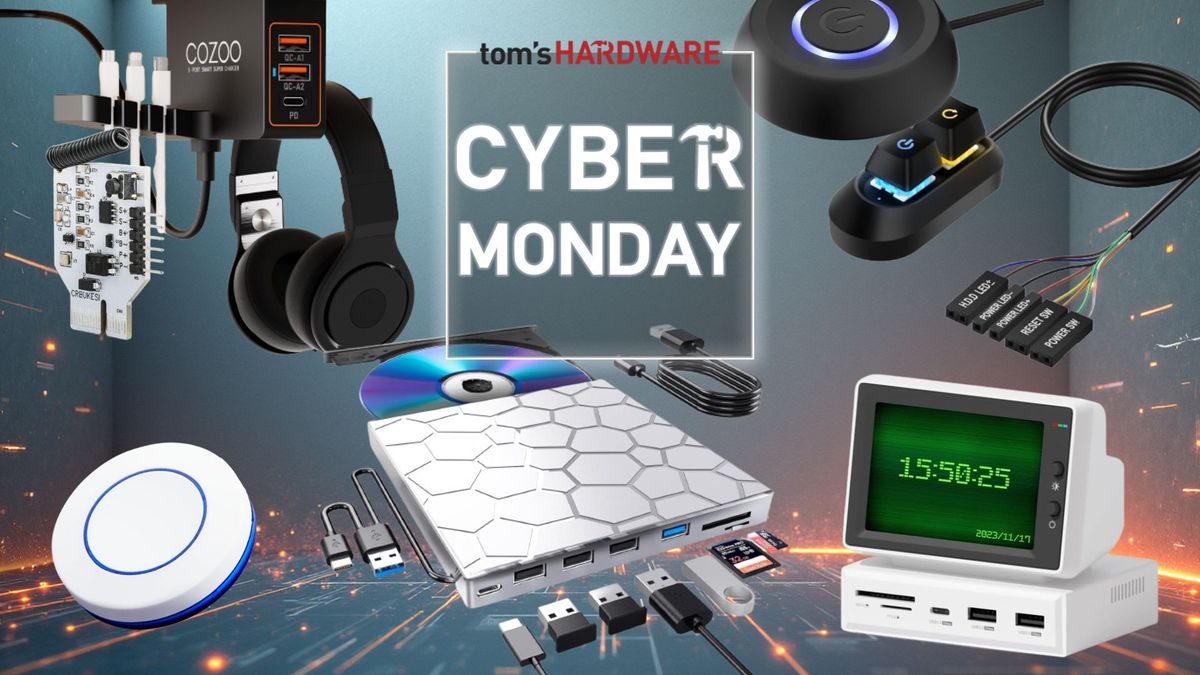
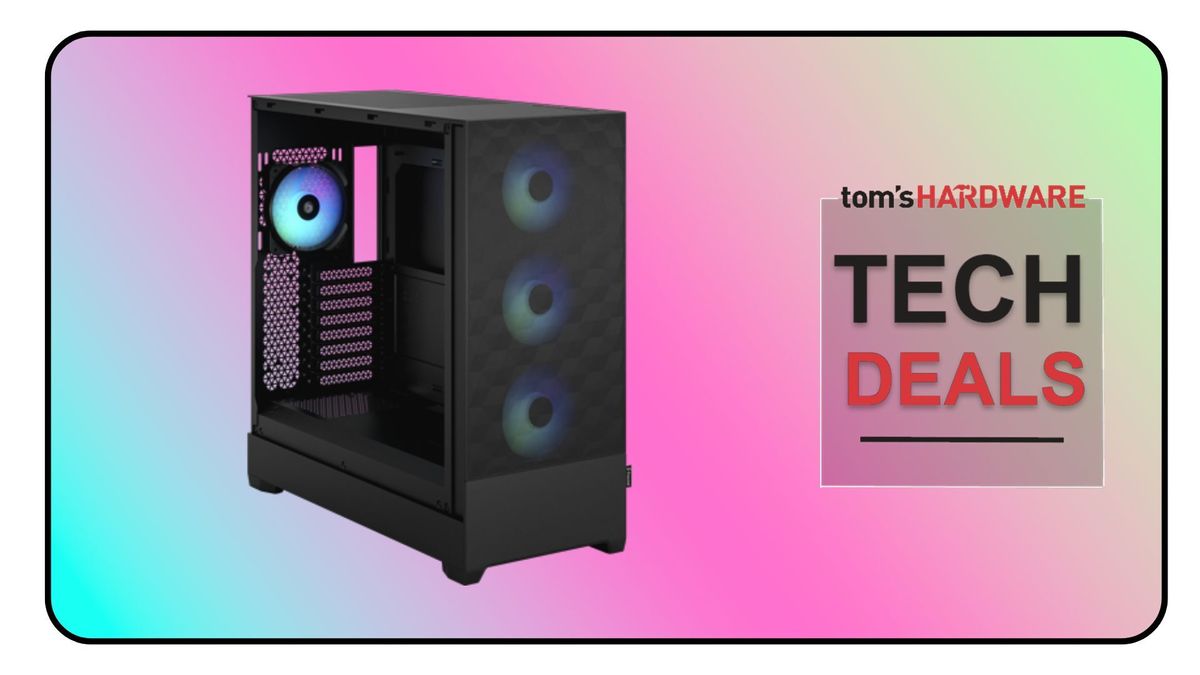


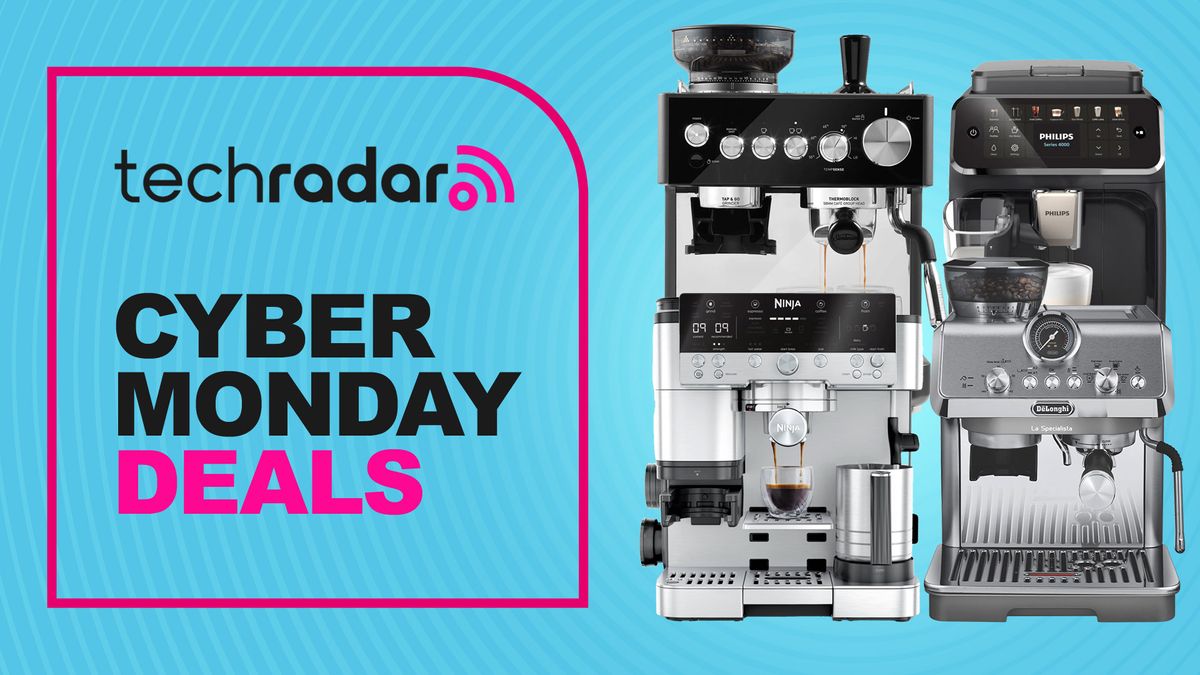

 English (US) ·
English (US) ·